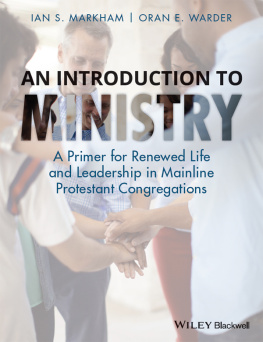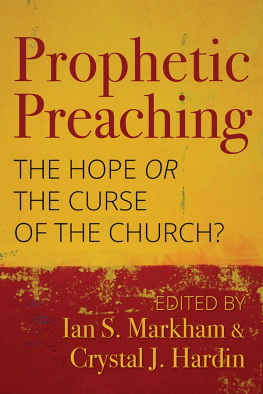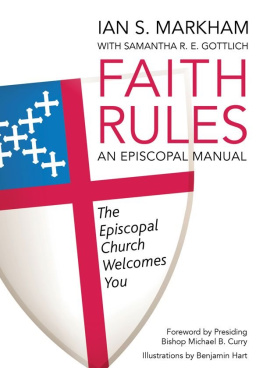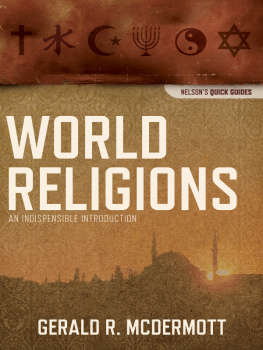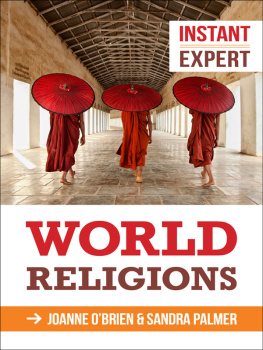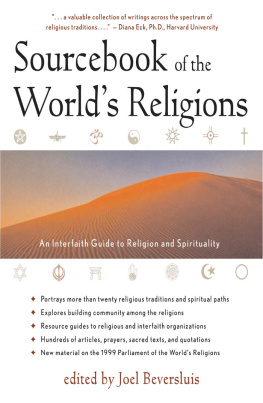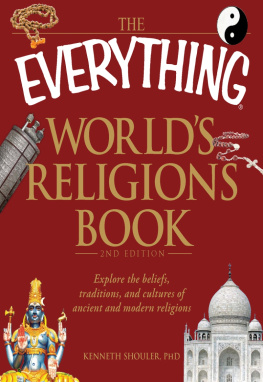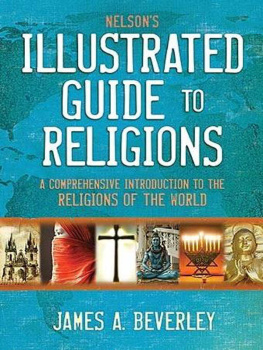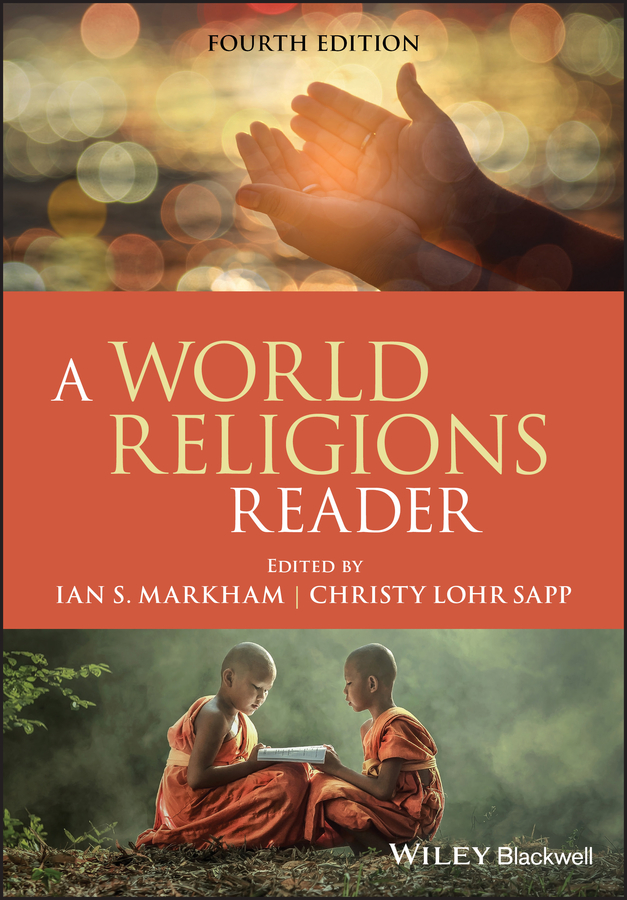
Table of Contents
List of Illustrations
- Chapter 2
- Chapter 3
- Chapter 4
- Chapter 5
- Chapter 6
- Chapter 7
- Chapter 8
- Chapter 9
- Chapter 10
- Chapter 11
- Chapter 12
- Chapter 13
- Chapter 14
Guide
Pages
This is the Reader I have long been looking for. This Reader will enhance and enliven any standard textbook by enabling students not just to understand but to feel, not just to study but to pass over to, what these religious communities have been and what they offer our contemporary world.
Paul Knitter, Union Theological Seminary (of the previous edition).
This will be an invaluable source for those in Religious Studies who need access to some central texts in translation. The commentaries, lists of data and questions for reflection will be particularly useful for those beginning a study of religions.
Professor J. S. K. Ward, University of Oxford (of the previous edition).
This new edition expands an already useful textbook making it an improved resource for introducing world religions. By presenting excerpts from sacred texts and voices from within the traditions, this book provides more than mere facts about various beliefs; it allows insight into the worldviews and ethical concerns of adherents, making it the most valuable Reader on world religions to date to any student or teacher that seeks to study or teach the religious traditions of the world.
S. Wesley Ariarjah, Drew University (of the previous edition)
An accessible and sympathetic introduction to the worlds religions as understood by their adherents.
Ingrid Mattson, Hartford Seminary, USA (of the previous edition)
A World Religions Reader
Fourth Edition
Edited by
Ian S. Markham and Christy Lohr Sapp

This fourth edition first published 2020
2020 John Wiley & Sons Ltd
Edition History
Blackwell Publishers Ltd (1e, 1996 and 2e, 2000); Blackwell Publishing Ltd (3e, 2009)
All rights reserved. No part of this publication may be reproduced, stored in a retrieval system, or transmitted, in any form or by any means, electronic, mechanical, photocopying, recording or otherwise, except as permitted by law. Advice on how to obtain permission to reuse material from this title is available at http://www.wiley.com/go/permissions.
The right of Ian S. Markham and Christy Lohr Sapp to be identified as the authors of the editorial material in this work has been asserted in accordance with law.
Registered Offices
John Wiley & Sons, Inc., 111 River Street, Hoboken, NJ 07030, USA
John Wiley & Sons Ltd, The Atrium, Southern Gate, Chichester, West Sussex, PO19 8SQ, UK
Editorial Office
The Atrium, Southern Gate, Chichester, West Sussex, PO19 8SQ, UK
For details of our global editorial offices, customer services, and more information about Wiley products visit us at www.wiley.com.
Wiley also publishes its books in a variety of electronic formats and by printondemand. Some content that appears in standard print versions of this book may not be available in other formats.
Limit of Liability/Disclaimer of Warranty
While the publisher and authors have used their best efforts in preparing this work, they make no representations or warranties with respect to the accuracy or completeness of the contents of this work and specifically disclaim all warranties, including without limitation any implied warranties of merchantability or fitness for a particular purpose. No warranty may be created or extended by sales representatives, written sales materials or promotional statements for this work. The fact that an organization, website, or product is referred to in this work as a citation and/or potential source of further information does not mean that the publisher and authors endorse the information or services the organization, website, or product may provide or recommendations it may make. This work is sold with the understanding that the publisher is not engaged in rendering professional services. The advice and strategies contained herein may not be suitable for your situation. You should consult with a specialist where appropriate. Further, readers should be aware that websites listed in this work may have changed or disappeared between when this work was written and when it is read. Neither the publisher nor authors shall be liable for any loss of profit or any other commercial damages, including but not limited to special, incidental, consequential, or other damages.
Library of Congress CataloginginPublication Data
Names: Markham, Ian S., editor. | Sapp, Christy Lohr, editor.
Title: A world religions reader / edited by Ian S. Markham and Christy Lohr Sapp.
Description: Fourth edition. | Hoboken, NJ : WileyBlackwell, 2020. | Includes bibliographical references and index.
Identifiers: LCCN 2019036680 (print) | LCCN 2019036681 (ebook) | ISBN 9781119357094 (paperback) | ISBN 9781119357018 (adobe pdf) | ISBN 9781119357070 (epub)
Subjects: LCSH: ReligionsTextbooks.
Classification: LCC BL80.3 .W658 2020 (print) | LCC BL80.3 (ebook) | DDC 200dc23
LC record available at https://lccn.loc.gov/2019036680
LC ebook record available at https://lccn.loc.gov/2019036681
Cover Design: Wiley
Cover Images: arkira/Getty Images, Jakkree Thampitakkul/Getty Images
For our children
Luke Markham and Sadie & Riley Sapp
List of Maps
| The distribution of secularists in the world |
| Areas where indigenous religions are significant |
| India |
| Significant communities of Hindus around the world |
| Distribution of adherents of Jainism |
| The origins of Buddhism |
| The location of the three main branches of Buddhism |
| Significant places for Chinese religion |
| Japan |
| Distribution of Zoroastrians |
| Jewish communities around the world |
| The origins of Christianity |
| The distribution of Christians around the world |
| The origins of Islam |
| The distribution of Muslims around the world |
| The origins of Sikhism |
| Sikh communities around the world |
| Emerging religions: birthplace of the Mormon faith |
| Emerging religions: birthplace of the Bahai faith |
| Emerging religions: birthplace of Rastafarianism |
Preface to the Fourth Edition
Our world needs a basic religious literacy. And it is a delight to see that A World Religions Reader is fulfilling this need. Every new edition is an opportunity. Once again we have retained features that professors and students find helpful. So, to enable crossreligious comparison, the chapters in the Reader are structured in the same way to introduce: the essence of a tradition (which is called the mind), worldviews, institutions and rituals, ethical expression, and modern expression. As a teaching tool, the Reader has retained fact sheets at the end of each chapter, including a glossary, and an annotated bibliography. We have also retained the spirit of each chapter: the focus is to provide a sympathetic introduction to each tradition through the primary texts. The dark and destructive side of religion is outlined in the chapter on secular humanism, which is treated as a faith tradition and also outlined in a sympathetic way.
Next page

